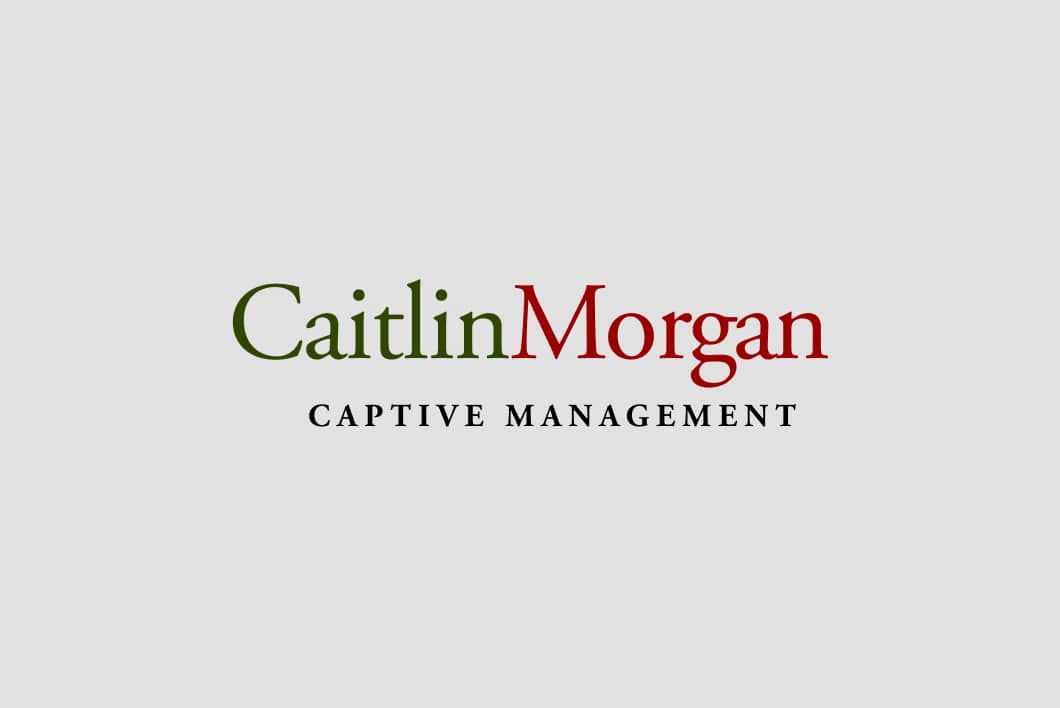Address
304 North Cardinal St.
Dorchester Center, MA 02124
Work Hours
Monday to Friday: 7AM - 7PM
Weekend: 10AM - 5PM

Insurance is a critical component in business risk management. Insurance provides a broad range of coverages from product liability to errors and omissions, professional liability, and property protection. Unfortunately, certain business operations are not well-covered by traditional insurance – and traditional insurance premiums are rising in cost. To gain superior protection and to control expenses, many companies are turning to captive insurance as a solution. What is captive insurance? In this guide, we will share what this solution means, how it works, and how it represents a viable alternative to the traditional insurance market.
In the traditional insurance market, a company purchases coverage from an insurance carrier. Captive insurance is different. Rather than utilizing the services of an insurance carrier, a captive insurance company is a wholly-owned subsidiary insurer that provides risk protection for its parent or a group of related business interests. In other words, in this model a business owns it own insurance company. This model is sometimes referred to as “self-insurance.” Captives tend to provide better protection, particularly for businesses with unusual or unique risk exposures. And, since they are owned by the parent company, they can be tailored to suit emerging risks with far more flexibility than traditional insurance products.
There are significant advantages to establishing a captive insurance company. As mentioned earlier, this solution provides more flexible coverage than is often available on the traditional insurance market. Other advantages include:
Lowered expenses – in many cases, captives can be managed at a substantial cost savings over traditional insurance premiums.
Tax benefits – as premiums are paid to the captive, these costs may be deductible on annual tax filings. There are limitations to this benefit; the U.S. Internal Revenue Service (IRS) has strict guidelines that must be followed.
Improved coverage – because the captive is owned by a parent or group of related businesses, coverages can be fit to unique operating circumstances and exposures.
Stability in pricing and coverage availability – the traditional insurance market can often hike premium costs unexpectedly. Even worse, insurance coverages may be withdrawn or may no longer be available. Captive insurance, on the other hand, allows companies to maintain critical coverages without the pricing fluctuations associated with the traditional market.
Better control – businesses are often at the mercy of insurance carriers when it comes to processing claims. By having control over captives, claims processing and management is more transparent for those companies utilizing a captive model.
Once reserved for only the largest corporations that could afford to put their own capital at risk, captive insurance is now available for most companies, and the market is growing exponentially each year as smaller businesses recognize the distinct advantages of this solution.
As the captive insurance market has grown, so too have the options available for business owners. There are several types of captives to be aware of, including:
Single Parent Captives – the simplest form of captive, sometimes called a “pure” captive, where one parent owns the captive and receives its benefits.
Group Captives – a captive formed and owned by a group of business owners. Groups can be comprised of similarly-configured individual companies from the same industry or a group consisting of members from different industries. This solution is often used by smaller businesses that may not have the financial means to support their own single parent captive.
Risk Retention Groups – these are liability insurance companies owned by members, typically those within the same industry and with similar risk profiles. These groups are governed by the Federal Liability Risk Retention Act (LRRA).
Protected/Segregated Cell Captives – for smaller businesses a protected cell captive provides all the benefits of a single parent captive but shields each member from the others’ risks. This is sometimes used as a “rent a captive” solution, where one business owns the captive and rents cells to others in exchange for an annual fee. In this model, risks are not pooled, and each member’s assets are protected against claims experienced by other members.
Captive insurance represents many benefits over the traditional insurance market. Companies that form their own self insurance plans gain tax advantages, reduce overhead expenses, and share profits if claims history is low. While they are not for every type or size of business, captives are growing and is expected to gain an even larger footprint in the business world in coming years. For now, captive insurance is a viable and attractive option for companies that wish to take control of their own insurance coverages and management.
Caitlin Morgan Captive Services provides clients with captive insurance solutions supported by years of experience in establishing the successful formation and implementation of a wide range of captives. To learn more about how we can help you, please contact us at (855) 975-4949.